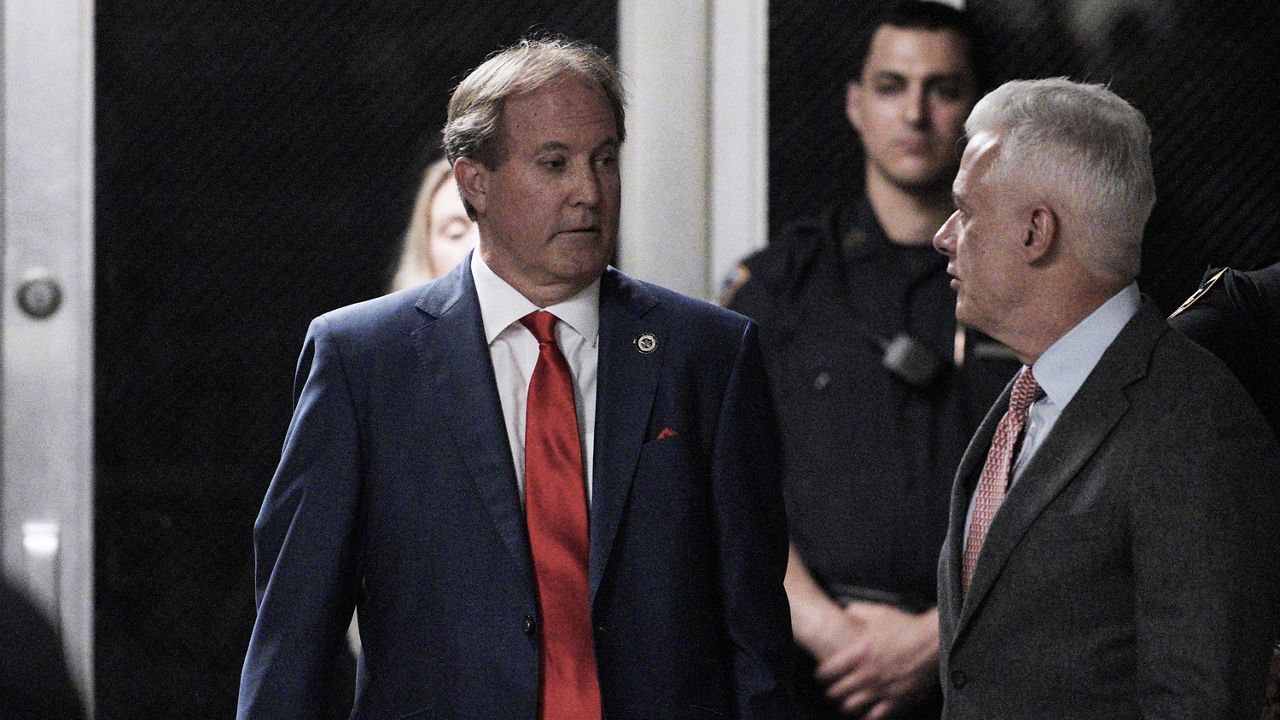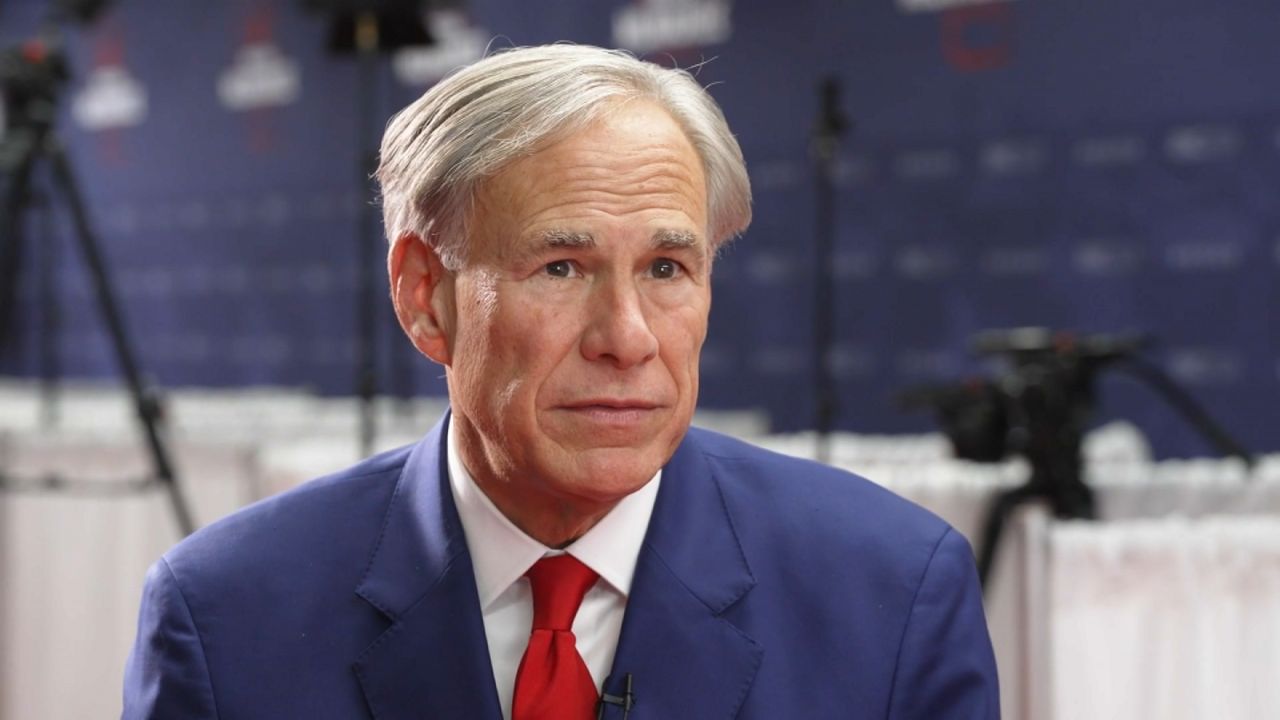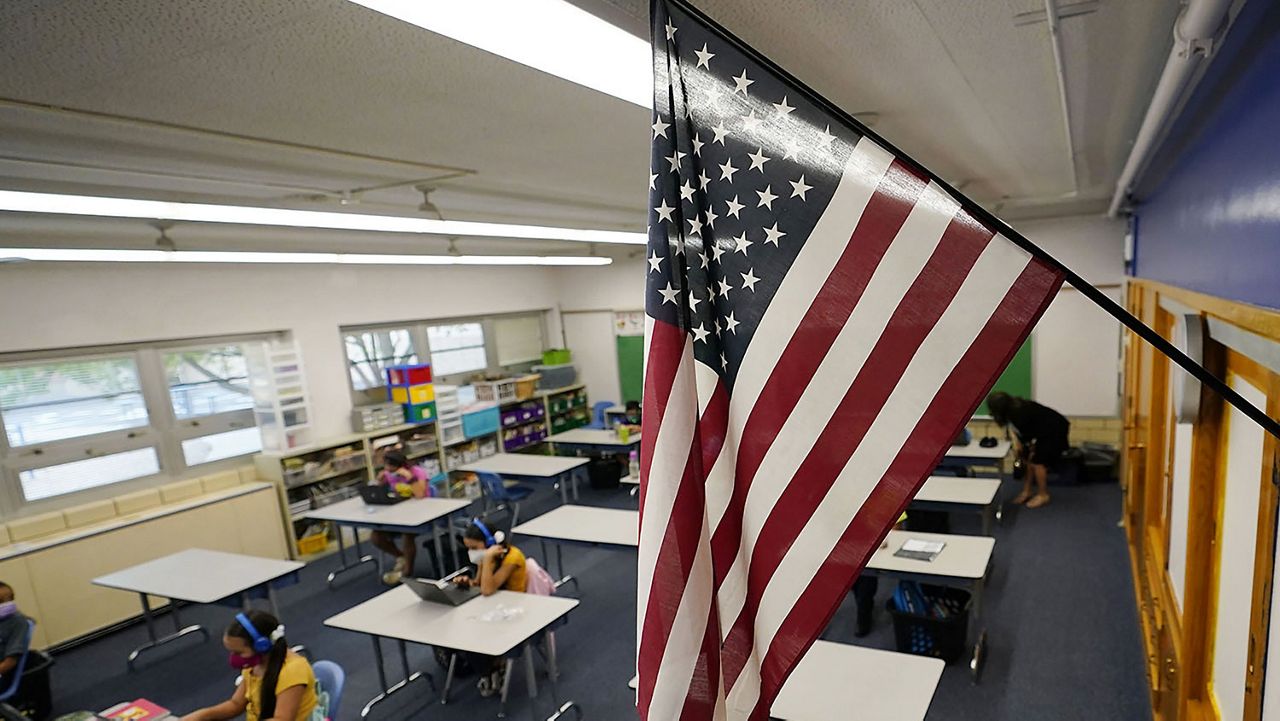AUSTIN, Texas — The House passed its $4.5 billion school finance package on Wednesday afternoon with a boost to the minimum teacher salary schedule but no significant pay raise for Texas public school employees.
That leaves a one-time $2,000 payment in the Senate teacher pay raise bill as the most money many teachers in Texas could see this session, and only if the House concedes the issue during budget negotiations.
Passing Rep. Ken King’s, R-Canadian, House Bill 100 on Wednesday afternoon was quick, with only a handful of adjustments. The only significant amendment, offered by Rep. Trey Martinez Fisher, D-San Antonio, would have bumped the per-pupil basic allotment to $6,500. That proposal went down on a vote of 68-79.
Instead, King’s bill was only willing to bump the per-pupil allotment from $6,160 to $6,250 next year and then bump that allotment from $6,250 to $6,300 the following year. That’s just $140 additional dollars. The fiscal note, however, appeared to contain an error that implied an earlier version of the proposed bill could have raised the per-pupil allotment as high as $6,418.
“This is not a disagreement,” Fisher said. “Chair King has worked with us on some amendments to make good policy. I understand the constraints he may be in as he lays out this bill. But we are not constrained by that. We should be motivated by what we want to do for our schools.”
At some point, Fisher said, someone is going to go back and see that the House was willing to spend $6,418 on the basic allotment for each student. Then the proposal was rolled back to $6,100 and $6,200.
“At a time of record revenue, we contemplated — at some point in this process — that we were going to fund at $6,400, and if so, we can fund at $6,500,” Fisher said. “No one has said we can’t do that, that we’re going to break the bank.”
An extra $150 per student is not insignificant. It would add about $810 million to the bill’s bottom line. Instead, the House chose to make a big shift in how to fund schools. Currently, schools are funded on average daily enrollment, based on chosen days during a particular school year. HB 100 shifts that funding to actual enrollment, which carries a higher cost to the state.
The plus side to enrollment-based funding is that it allows school districts to continue to fully staff classrooms and possibly decrease the number of class-size waivers. The perceived downside is that it gives school districts less of an incentive to recover students who are chronically absent.
Teacher groups came into the session asking for an additional $1,000 per student and a $10,000 raise for teachers. Given the House’s fiscal commitment, teacher groups took away smaller victories. Texas AFT said it was thrilled that King’s clean-up amendment gave school districts the option to spend up to 25% of their new money on support staff.
“We are thrilled Rep. King listened to our members’ concerns and changed HB 100 to include support staff and professionals,” said Texas AFT President Zeph Capo. “There are positive aspects to this bill, but it does not go far enough. The same can be said of the Senate’s proposal, SB 9.”
The language on that spending on paraprofessionals, however, was phrased as “may,” instead of “shall.”
Public schools need real dollars, not crumbs, Capo added. “Until the state budget includes more funding for a larger basic allotment increase, crumbs is all we’ll get.”
Monty Exter, governmental relations director for ATPE, said HB 100 included some steps in the right direction, including lifting the minimum salary schedule for rural areas. Still, there are many more steps the legislature could take.
“There is also great disagreement in approach between House and Senate on teacher raises,” Exter said. “Much remains to be seen, and there are areas of the bill we would like to see improved, particularly the minimum salary schedule.”
Exter added, like Fisher and Capo, that the state was sitting on a significant funding surplus that ought to be spent on efforts to recruit and retain public school educators, and not push voucher schemes.
HB 100 carried a price tag of $4.5B, and some of that funding will roll down to pay raises. Half of the additional per-pupil funding and allotments for small- and medium-sized districts must go to pay raises. Along with the bump to the minimum salary schedule, the bill sets a median funding level for charter schools, adds a fine arts allotment, increases support for compensatory education and anticipates a progressive tiered system of funding for special education services.











